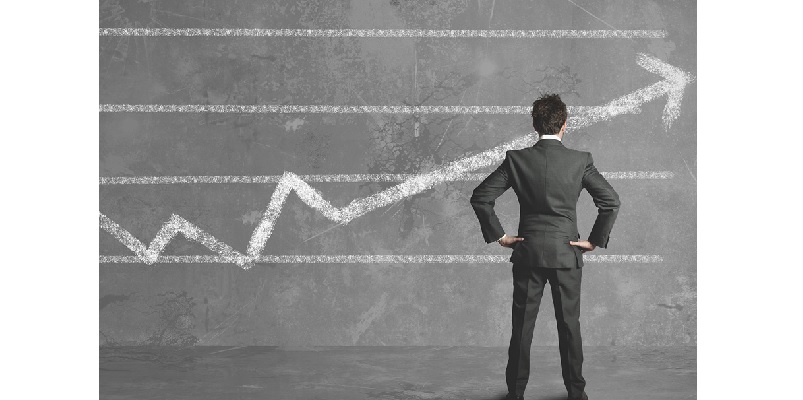3 Key Stakeholders That Are Often Overlooked

Stakeholders are everything to an organisation. Running an organisation or business involves interacting with a wide range of interested parties, our ‘stakeholders’. Looking after and serving them well will make a big difference to how effective we are at meeting our goals:
- What do a bicycle repair shop’s customers want?
- What do your investors think of your plans to restructure your company?
- What issues will guide people’s voting decision in the next presidential election?
Investing in truly understanding stakeholders pays off. So, how come so many business and projects fail for lack of stakeholder support? As a partial answer to that question, here are three types of stakeholders which are all too frequently overlooked.
The internal stakeholder
Often the term “stakeholder” is associated with external parties taking an interest. However, if we consider who or what influences the effectiveness of our business in the pursuit of its goals, it’s of course the organisation itself.
Internal stakeholders can include paid and unpaid staff such as volunteers, permanent and temporary staff and people at all levels of seniority. Be sure to have a good grasp on the differences between each internal group and separate them out as required in your analysis.
Stakeholder coalitions
Stakeholders are not necessarily isolated from each other. They may simply know each other or meet as a result of your stakeholder engagement. When the cause or opportunity presents itself, stakeholders may even get organised:
A coalition is an alliance of individual or organizational stakeholders that comes together to address a specific problem or issue and achieve common goals.
Coalitions can be loosely organised as well as more formalised alliances. They can include stakeholders belonging to more than one stakeholder category: the member of staff who owns company shares, or the supplier who is also a senior union representative.
Keep updating what you know about your stakeholders to spot coalitions that may be forming early.
You
Forgetting to include yourself in the stakeholder map is a classic oversight. When you are leading a project or initiative, your views, opinions and attitude will matter greatly in the end result.
If you happen to be leading a restructure in which your own position is far from safe, showing how you are affected yourself may also entirely change the conversations you have with other “at risk” colleagues.
Over to you
What previously “hidden” stakeholders have you discovered? Let us know in the comments below.
About the author: Flo van Diemen van Thor is a coach and communications mentor specialised in helping people navigate complex organisational change. Armed with an MA in Coaching and Mentoring Practice from Oxford Brookes University and her experience as an Organisational Development Consultant in the public and private sector, Flo founded Socius Associates which develops and delivers change programmes for clients.




